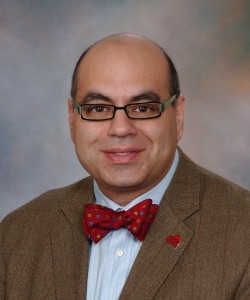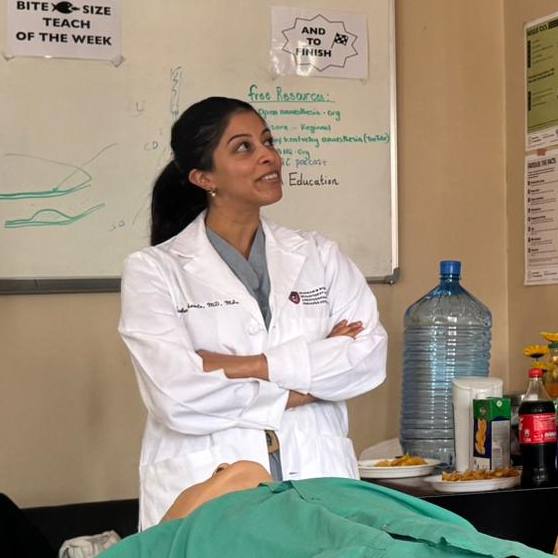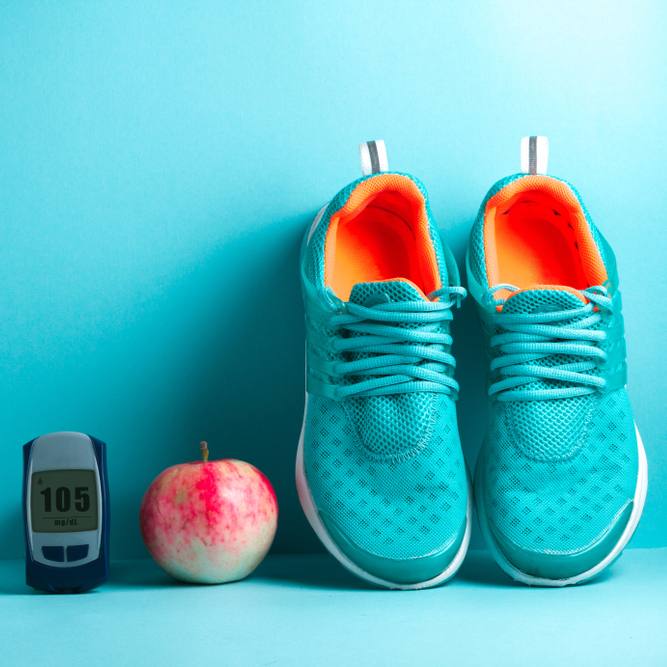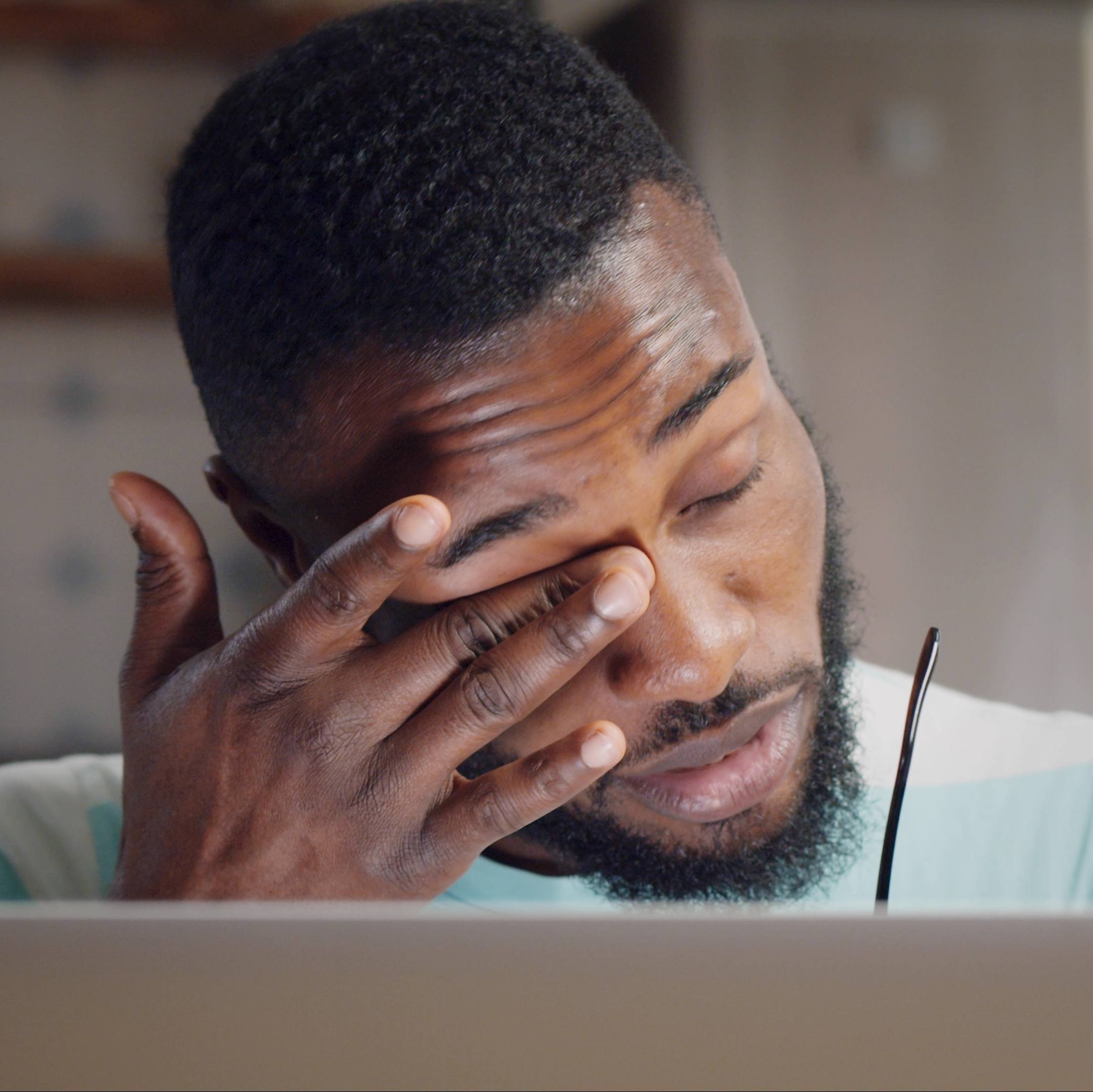What do you look for when you go online? If you’re like most people you are seeking health information, which is now one of the most popular online activities in the United States only topped by emailing and general internet search.
 Appearing on Mayo Clinic Radio, Dr. Farris Timimi, medical director for the Mayo Clinic Center for Social Media, said this demand for medical news creates an unprecedented opportunity to improve the patient experience. He believes that health care professionals have a moral obligation to journey with their patients and that the future of health care can deliver better outcomes with five social media actions:
Appearing on Mayo Clinic Radio, Dr. Farris Timimi, medical director for the Mayo Clinic Center for Social Media, said this demand for medical news creates an unprecedented opportunity to improve the patient experience. He believes that health care professionals have a moral obligation to journey with their patients and that the future of health care can deliver better outcomes with five social media actions:
- Physicians engage with patients as partners on social media
- Health care organizations create a clear pathway for credible health information
- Empowered patients find a trusted brand for their medical content
- Medical centers make social media accessible for employees
- Providers utilize social media tools and video to educate patients
 A cardiologist who specializes in advanced heart failure and collaborates with patient advisory councils, Dr. Timimi says that social media benefits physicians and patients because providers can go to the patient and they can connect anywhere, “One of the fundamental concepts of social media, in particular, is those whom geography would isolate, social media gives companionship.”
A cardiologist who specializes in advanced heart failure and collaborates with patient advisory councils, Dr. Timimi says that social media benefits physicians and patients because providers can go to the patient and they can connect anywhere, “One of the fundamental concepts of social media, in particular, is those whom geography would isolate, social media gives companionship.”
Dr. Timimi stressed the responsibility of delivering accurate medical information and citied a recent study looking at YouTube videos that featured blood pressure. The videos in the survey had either the wrong information or would be harmful to the consumer. While providers should produce reliable content he also encouraged consumers to empower themselves and do a little homework to find trusted content sources. One potential credible source to reach a lot more patients is the workplace. The Mayo Clinic Center for Social Media reports that 60% of hospitals block web access for their employees.
Dr. Timimi says that mobile devices can easily circumvent this, but if leadership supported their staff to go online they could dedicate more time to sharing knowledge and engaging with patients. And how can that knowledge be shared? One way is video, which can be an inexpensive tool to improve the quality of care through education. Dr. Timimi is now researching the use of videos to reduce readmission rates with heart failure patients, “These patients face overwhelming information and demanding diet and medication regiments. It’s hoped that patients can review this video information and digest it with their families at their leisure instead of all at once, saving everyone time and energy. “
During this hour-long show Dr. Timimi listed several additional examples on the power of social media and one of his colleagues, Dr. Richard Berger joined in to share the amazing story of social media helping patients after he performed career-saving surgery on a major league baseball star. The entire program can be heard on Mayo Clinic Radio or you can read this transcript . (begins on page 7)
Dr. Timimi educates Mayo Clinic colleagues and health professionals all across the country and has played a major role in establishing social media guidelines at Mayo Clinic, which are outlined in a video produced by The Mayo Clinic Center for Social Media Team led by director Lee Aase. The Mayo Clinic Center for Social Media exists to improve health globally by accelerating effective application of social media tools throughout Mayo Clinic and spurring broader and deeper engagement in social media by hospitals, medical professionals and patients.
In just two months, the Mayo Clinic Center for Social Media is hosting its annual Social Media Summit. Registration for this event, which always receives positive feedback from participants, is now open. In addition to the summit, if you are interested in using social media tools to improve health care, promote health and fight disease, please consider joining the Social Media Health Network. This video explains why Mayo Clinic created the network as well as membership benefits.







